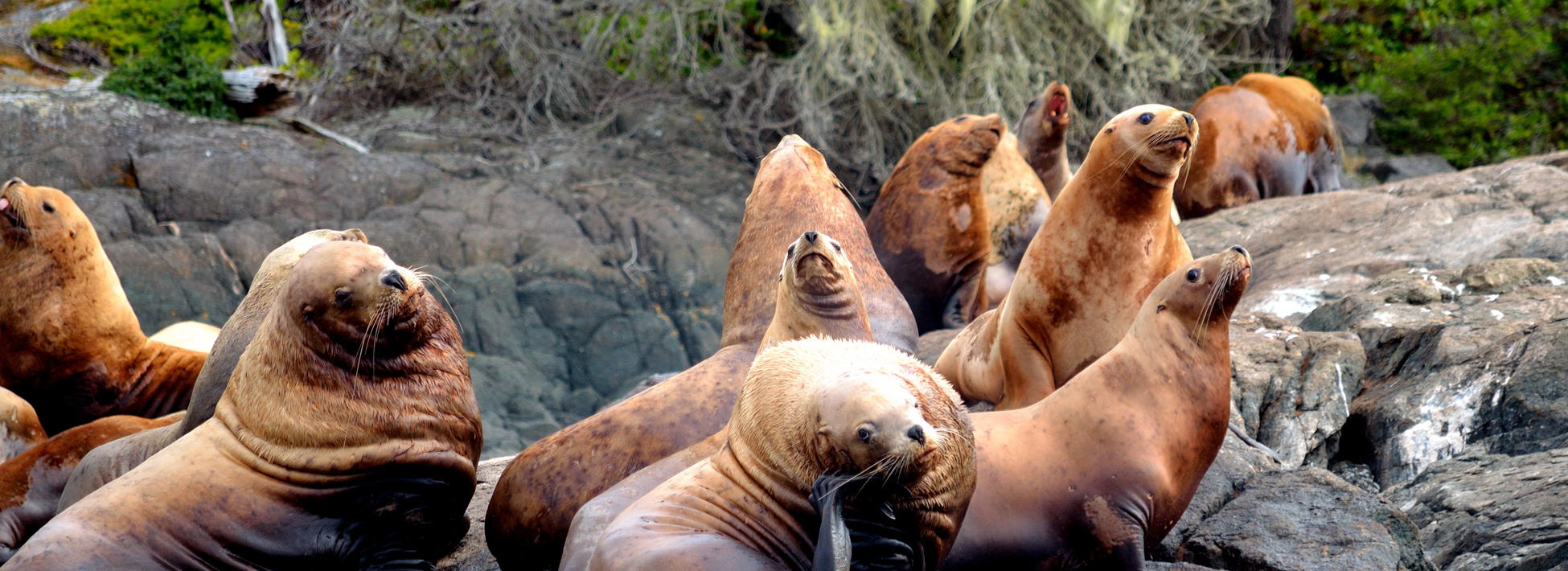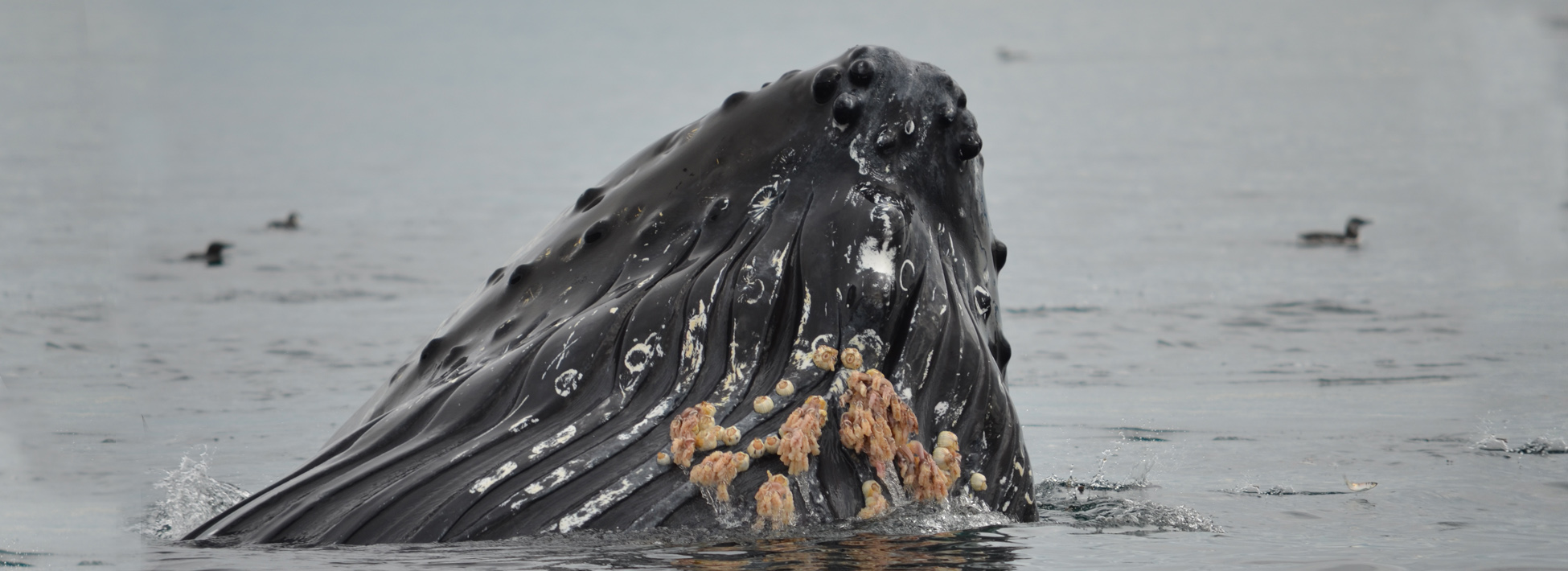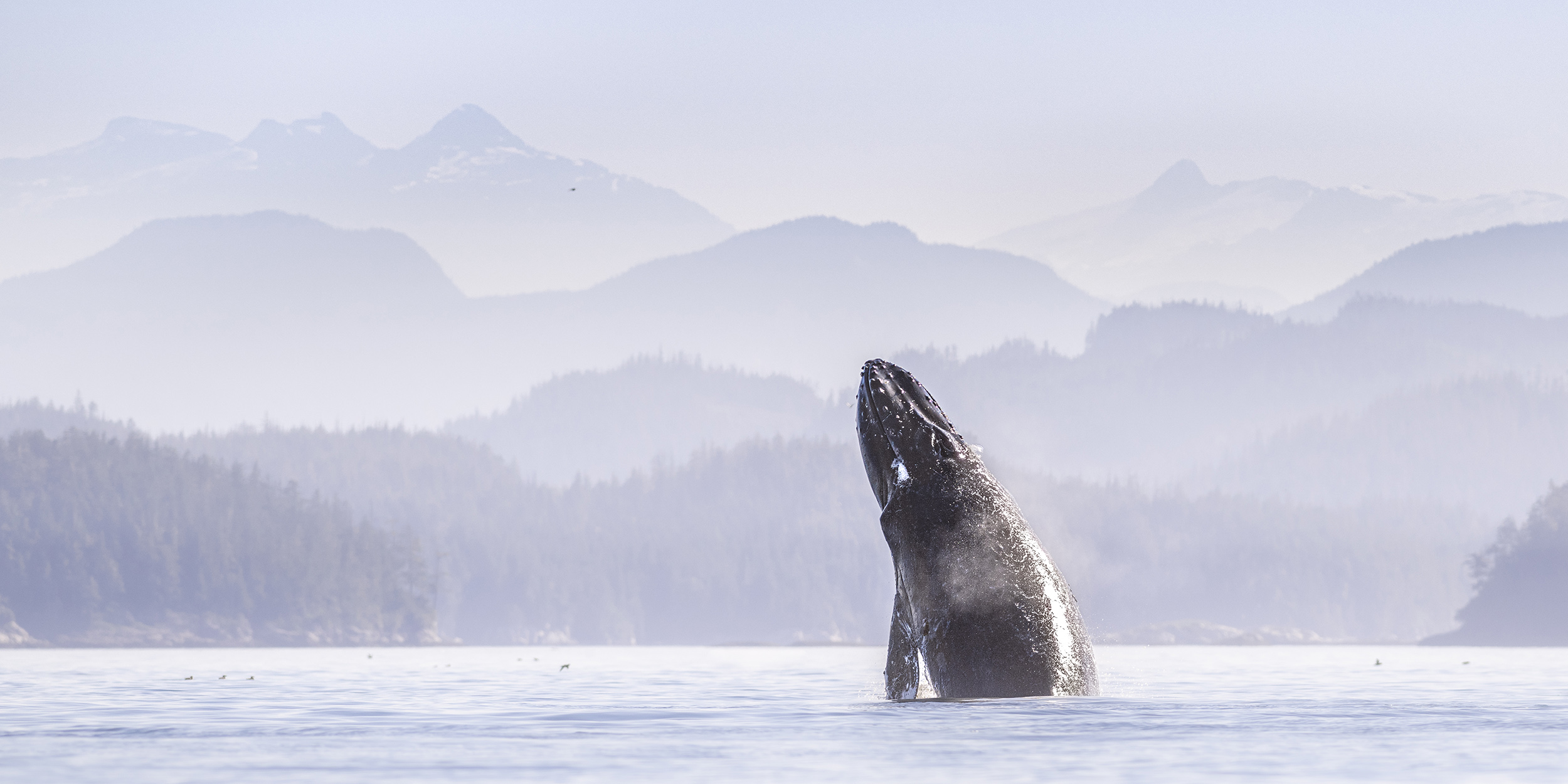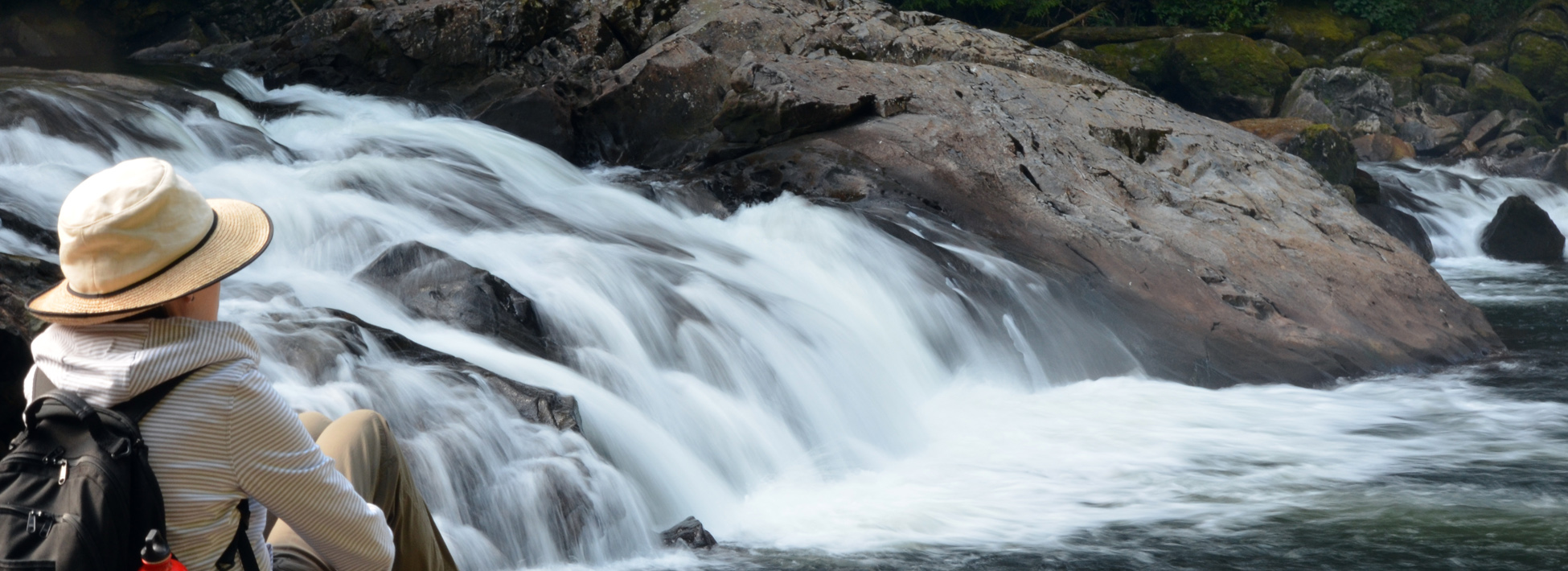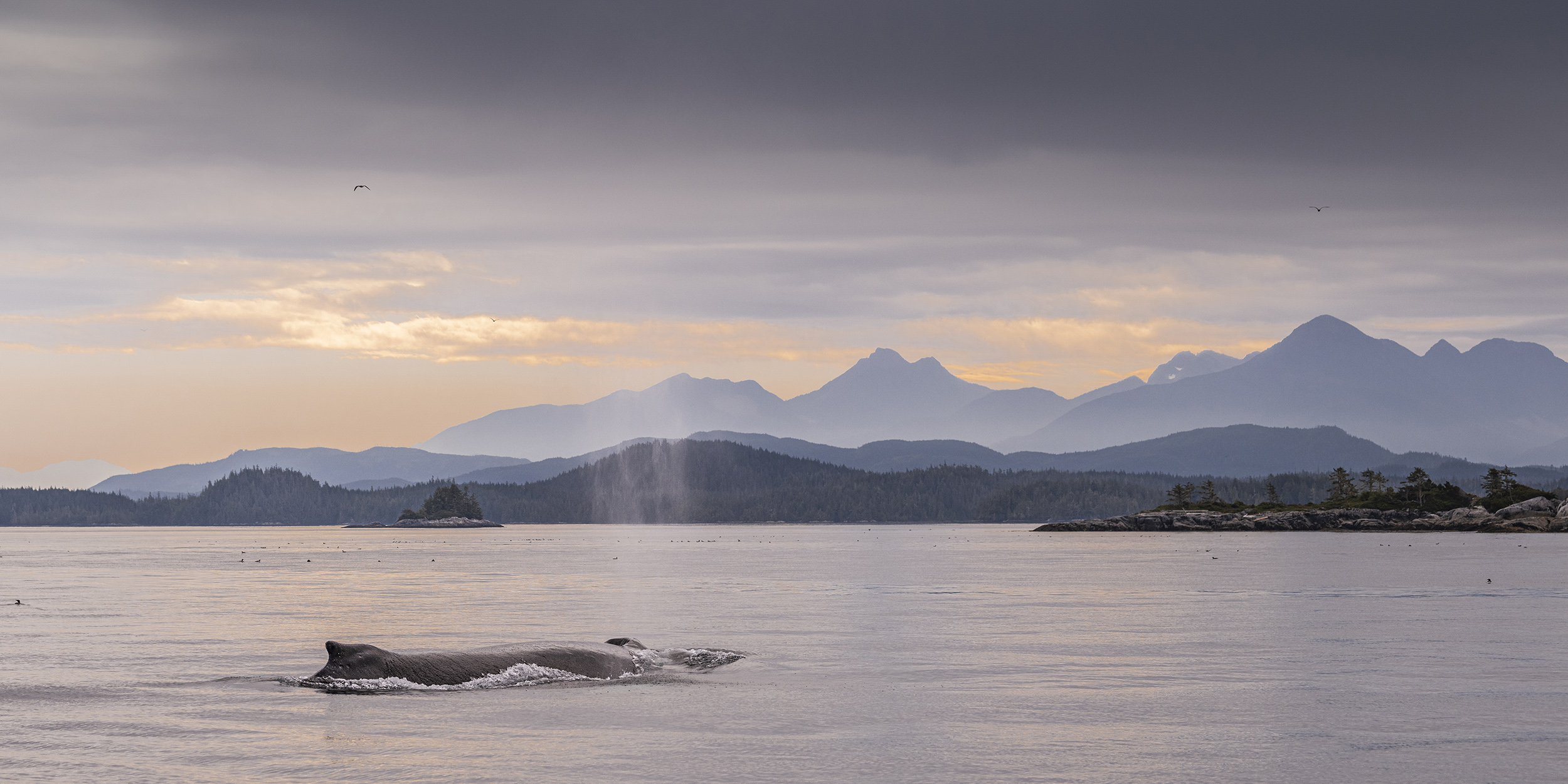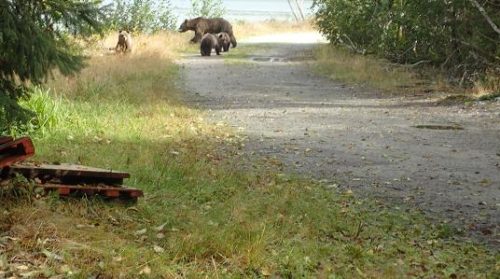 ..fast forward to 9/2/2015 12:32 pm and our viewing is over and we have driven back to the landing to take our skiff back to the float to eat lunch. We had just parked our vehicle and were getting out to walk down the road when we had company. Back into the vehicle until Bella and her three cubs moved across the road and far enough along the beach until it was safe to complete our trip to the float. This took about fifteen minutes but the guests did not seem to mind. They thought it was interesting that we were delayed by grizzlies when we wanted to watch bears and again when we were through watching bears.
..fast forward to 9/2/2015 12:32 pm and our viewing is over and we have driven back to the landing to take our skiff back to the float to eat lunch. We had just parked our vehicle and were getting out to walk down the road when we had company. Back into the vehicle until Bella and her three cubs moved across the road and far enough along the beach until it was safe to complete our trip to the float. This took about fifteen minutes but the guests did not seem to mind. They thought it was interesting that we were delayed by grizzlies when we wanted to watch bears and again when we were through watching bears.
Bald Eagles

Bald Eagles are frequently sighted in our area. At times they can be seen in large numbers. This is usually where food supplies are high. For example this could be in areas with high concentrations of baitfish or along the rivers in the fall when the salmon are spawning. They are not migratory, but do move around with the food supply. As mentioned earlier when the salmon are spawning we often see many along the rivers, while there will be fewer along the coastline. With little need for camouflage their white head and tail feathers can be spotted easily. The female is slightly larger and her white head extends down a bit farther onto the body, but it is subtle. It takes these birds 4.5 – 5 years to acquire this unique plumage. As juveniles they are a brown colour. With exceptional eyesight and the ability to view 270 degrees they are understandably often seen in high perches and in trees near points and passageways.
Visit our Blog